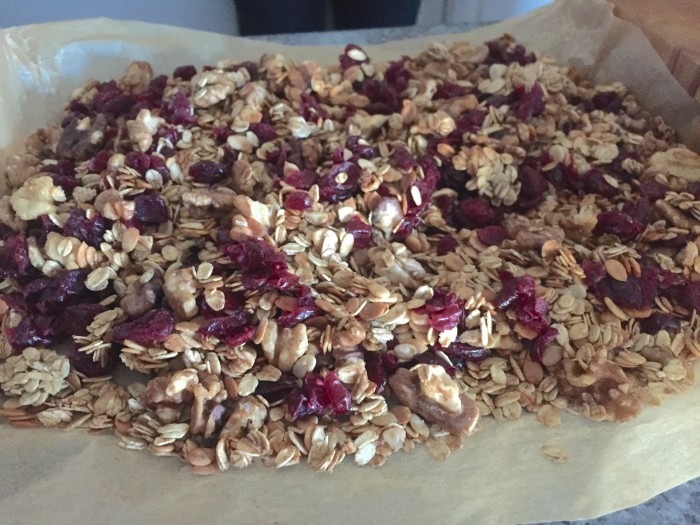How The Heck Do You Use Sprouted Watermelon Seeds?
The dog days of summer bring about my most treasured treat of the season: watermelon. I insist, often to the dismay of my grocery mule/boyfriend, on buying whole watermelons at the market instead of the lighter, more easily transported presliced wedges or cubes. Presliced fruit is no way to live. Peak watermelon season lasts only about four weeks every year, which means after hauling home this precious commodity, nothing can go to waste.
The deep red watermelon flesh only lasts about two days in my apartment (or half a rooftop BBQ). I pickle the leftover rinds for an unexpected, refreshing bite. Yet despite the thriftiness, I usually discard the black seeds, as I'm sure you do, too. But not this year. Waste not, want not! I love watermelon, so I'm sure the seeds are...fine?
Well, it turns out the seeds are more than fine. Properly prepped, their flavor is reminiscent of sunflower seeds. And like all nuts and seeds, watermelon seeds are packed with protein, low in carbohydrates, high in minerals like magnesium and iron and full of healthy fats and amino acids. Watermelon seeds, though, are special. Compared with almonds, watermelon seeds have 4 grams more protein and 2 grams fewer carbohydrates per one-ounce serving. That's right, your precious almonds aren't perfect (but they are great for vegan White Russians).
However, like all truly special things, watermelon seeds require more work. Simply swallowing the black dots that tarnish your perfect wedge won't deliver these benefits. The seeds must be sprouted, shelled and dried first. Sprouting not only preserves more health benefits; it also removes the pesky, inedible outer shell.
You can sprout seeds at home relatively easily. Be sure to start with fresh seeds — ideally, save the seeds from your most recent watermelon purchase, rinse thoroughly and let dry completely before beginning the sprouting process. As the seeds sprout, they'll naturally shed their black shells. Let them dry, then toss with some sea salt and roast in the oven for a tasty superfood snack. If sprouting seeds isn't your jam, you can order them here.
Treat watermelon seeds like any other nut: an easy, powerful post-gym snack, a worthy addition to trail mix or a topping for your morning oatmeal/chia bowl. I'm not passionate about DIY sprouting, so I used packaged seeds to make a big batch of granola. It doubles as a crunchy topping to breakfast staples; I serve it with sliced banana and a splash of almond milk.

Watermelon Seed Granola
*A note on measurements: With granola, customize everything to preference. Prefer a nuttier granola? Ease up on the oats. Want bigger clumps? Add an extra egg white.

